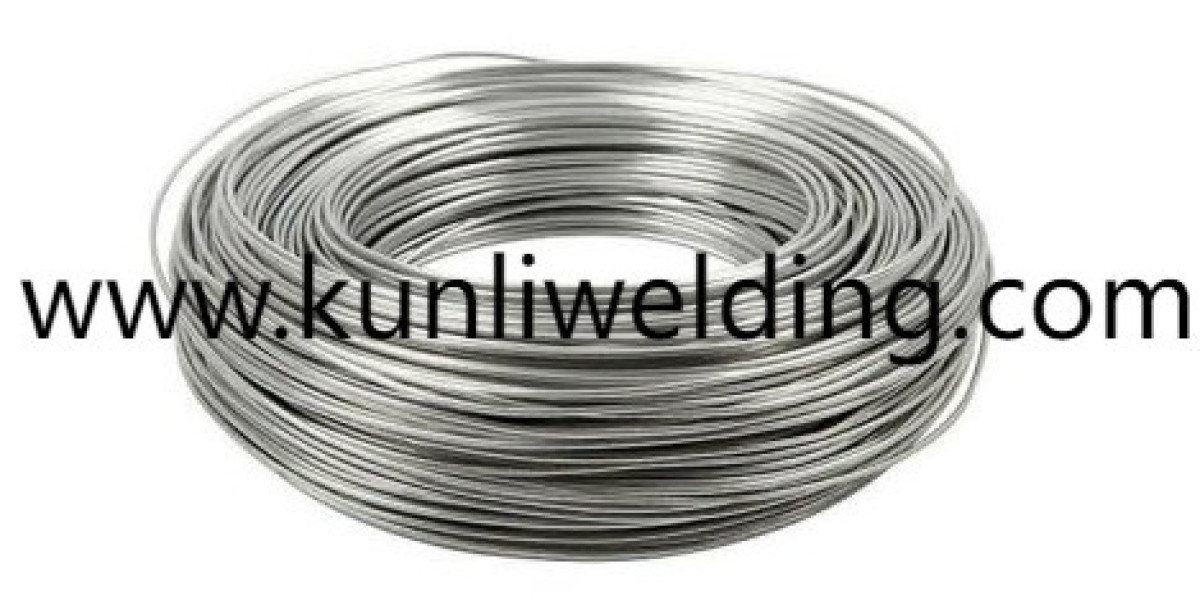Aluminum Welding Wire ER5087 is a filler metal choice to consider when your project calls for a balance of higher strength and improved solidification behavior on magnesium-bearing aluminum substrates. This grade contains an elevated magnesium level plus trace zirconium additions that act as a grain refiner, which helps reduce hot-cracking sensitivity in welded deposits and improves mechanical properties for demanding assemblies.
What situations make this grade appropriate? Start with the base alloy family: when you are joining aluminum that already contains mid-range magnesium content, or when the final assembly will be subject to bending or structural loads, a higher-Mg filler alloy often produces a weld deposit with better retained strength than lower-magnesium alternatives. The zirconium in the filler reduces grain coarsening during cooling, so welds are less prone to solidification cracks in many common 5xxx-series applications.
How should teams weigh ER5087 against other candidates? Use a short decision checklist. Verify that the base material chemistry is compatible; confirm that the anticipated heat input window can be held within procedure limits; and decide whether the assembly requires the incremental tensile and yield properties that higher-magnesium filler can deliver. When these boxes are ticked, qualification testing often shows tangible differences in tensile or bending performance compared with general-purpose fillers.
Which fabrication conditions amplify the benefits of this filler? If joints undergo cold forming after welding or will see cyclic loading, the improved deposit strength and crack resistance translate into fewer field repairs and longer service life. Likewise, in thicker sections where thermal gradients are larger, a filler with refined solidification behavior reduces the chance of weld centerline cracking—an important consideration in ship structures and heavy transport components.
When is ER5087 not the right choice? Avoid automatic substitution if the base metal composition or specification calls for a different filler metallurgy, or if the joint geometry and heat control make a lower-magnesium filler preferable for corrosion compatibility. Also, if inspection regimes or material specifications mandate a different filler designation, follow those contractual requirements rather than a generic substitution.
What practical steps reduce qualification time when choosing this grade? Request a representative spool from the lot you intend to use and perform a small set of production-representative coupons: GMAW or GTAW parameter runs, macro or micro sectioning to inspect fusion and grain structure, and simple mechanical tests that reflect expected loading. Feed behavior and spool packing are practical checks—consistent winding and proper packaging reduce feed interruptions and moisture pickup that can affect arc stability.
How do procurement and shop teams reduce risk when introducing a higher-magnesium filler? Include incoming inspection criteria in purchase documents that require lot traceability and a certificate of conformance. Define a short trial window during which a supplier will support replacement of any lot that demonstrably fails agreed mechanical or feed criteria. Those contractual protections reduce schedule impact and maintain production momentum during the qualification phase.
What value does a supplier bring beyond the wire itself? Technical notes on recommended heat input, shielding gas choices, and feed-roll profiles cut qualification cycles. Short training sessions that demonstrate sample welds under intended production conditions help crews replicate lab results at scale. When a supplier provides clear documentation of drawing, annealing, and spooling routines, it becomes easier for fabricators to interpret test results and to align process controls.
If your application involves mid- to high-magnesium aluminum alloys where structural performance and resistance to solidification cracking matter, then specifying ER5087 and validating it with real production trials is a practical engineering path. Manufacturers and fabricators that prefer a measurable qualification route can request sample spools and documented lot history from Kunliwelding to support test welds and acceptance checks. For spool samples and product details visit https://www.Kunliwelding.com/ .



